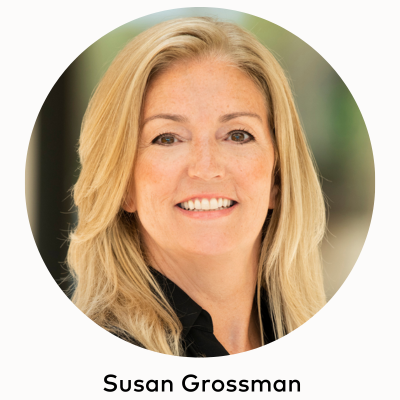Making search as smart as the shopper
May 15, 2025 | By Susan Grossman and Greg Ulrich
Digital commerce has been in a rapid state of change over the last decade. We’ve seen unending evolution, and as AI continues to change the way we shop and pay, Mastercard remains at the tip of the spear. But despite many advances, one ubiquitous part of online shopping has remained fairly rudimentary: the search function.

According to our data, half of retail searches are longer than three words, but the average search function on a retailer’s site isn’t designed for long queries. That means consumers could be misunderstood every other time they search for something. Traditional search options don’t adapt in real time, poorly managed product feeds return irrelevant results for even the most basic requests, and shoppers are ultimately left frustrated.
But it doesn’t have to be like this, and consumers know it; 71% want to use AI to search, according to one survey, preferring guidance and assistance to traditional keyword searches.

When Dynamic Yield by Mastercard launched the conversational chatbot Shopping Muse in 2023, we were early movers, combining generative AI and personalization to make it easier to find what you need. Shoppers could ask the chatbot a direct question and receive relevant recommendations, and the tool would learn and adjust as the conversation continued. Shopping Muse was our first step to closing the gap between how people actually search and how the function responds in turn, but we recognize there’s more work to be done. So today, we’re doing what we do best — leveraging our tech expertise and unique insights to introduce Experience Search, our latest innovation from Dynamic Yield.
From query to clarity
Powered by AI and proprietary personalization, Experience Search overhauls the traditional search function to more closely unite the shopper’s intent with search results. There are five key elements that are in play here. Let’s break them down.
Semantics allow the search to understand nuance. When you’re looking for “a dress to wear to a summer wedding,” it’ll show you appropriate options for dresses to wear as a guest — and not a wedding gown — because it understands the context of your query.
Visuals help search find dupes or identify a product from the photo. You can upload a photo of something you saw in a store window or on social media and it’ll find the best fit within the retailer’s products. And it scans the product photos to catch elements of an item that matches your keywords — even if it’s not an obvious attribute.
Auto-complete finishes your sentence for quicker search and greater inspiration. Looking for jeans? The search might suggest different styles or colors based on your previous purchases, without you having to manually type a specific cut or wash.
Personalization serves you only what’s relevant to you. By considering your shopping history, what you’ve already clicked on, and contextual insights (such as enabled location services), search adjusts to your preferences in real time.
Customization enables the retailer to match search with its business goals. If a retailer knows a product is frequently returned or is often badly reviewed, it can rank that product lower in the results to avoid delivering a bad experience.
These elements aim to overhaul the traditional search bar and can be fully integrated into a retailer’s website. And because our approach is underpinned by advanced AI, there's no need for the retailer to manually update or improve their catalog, which removes a major pain point of implementation. Shopping Muse is still available as a standalone widget and remains a key search and discovery solution.
Smarter search, more personal commerce
Digital shopping today is more sophisticated than ever before, with more potential ways for consumers to interact with retailers.
Search is one of those touchpoints between consumers and retailers — and it’s one of the most overlooked. Making meaningful changes here could have positive ripple effects, helping consumers find what they need more easily and encouraging merchants to build stronger, longer-lasting relationships.
There’s a difference when something feels personal. Delivering intuitive, timely and deeply resonant experiences requires us to understand intent and anticipate needs. With Experience Search, we’re doing just that — taking an important next step as we carry out our vision for smarter and more personal commerce, one query at a time.
Susan Grossman is Mastercard's executive vice president for Consumer Acquisition and Engagement, Services. Greg Ulrich is Mastercard's chief data and AI officer.